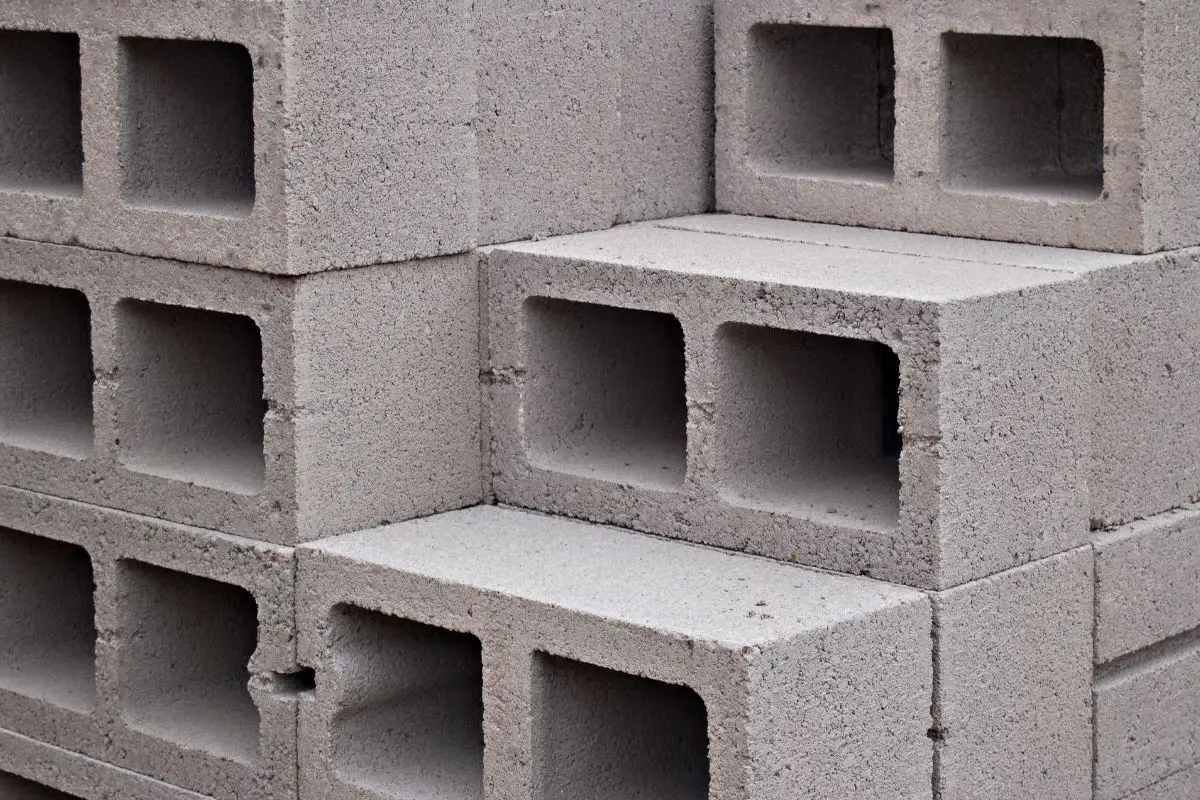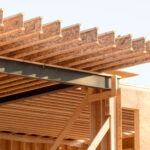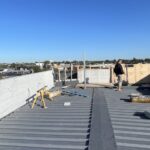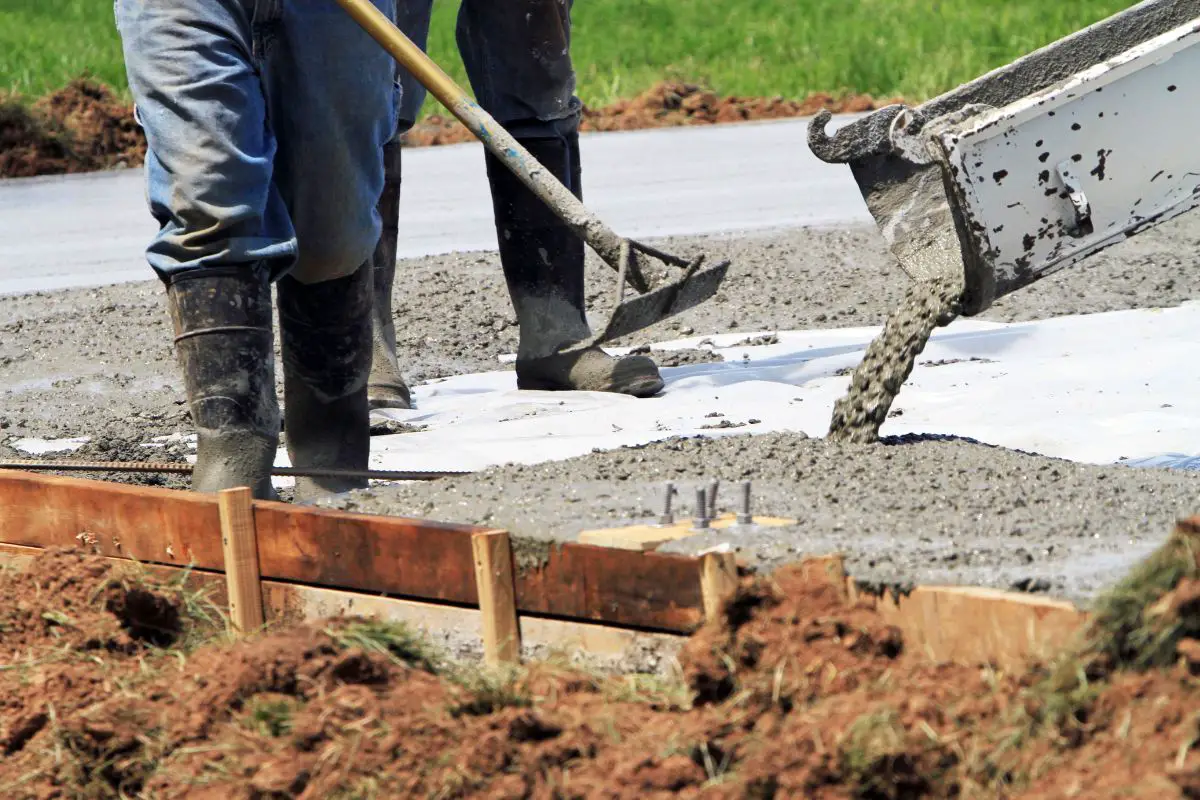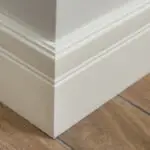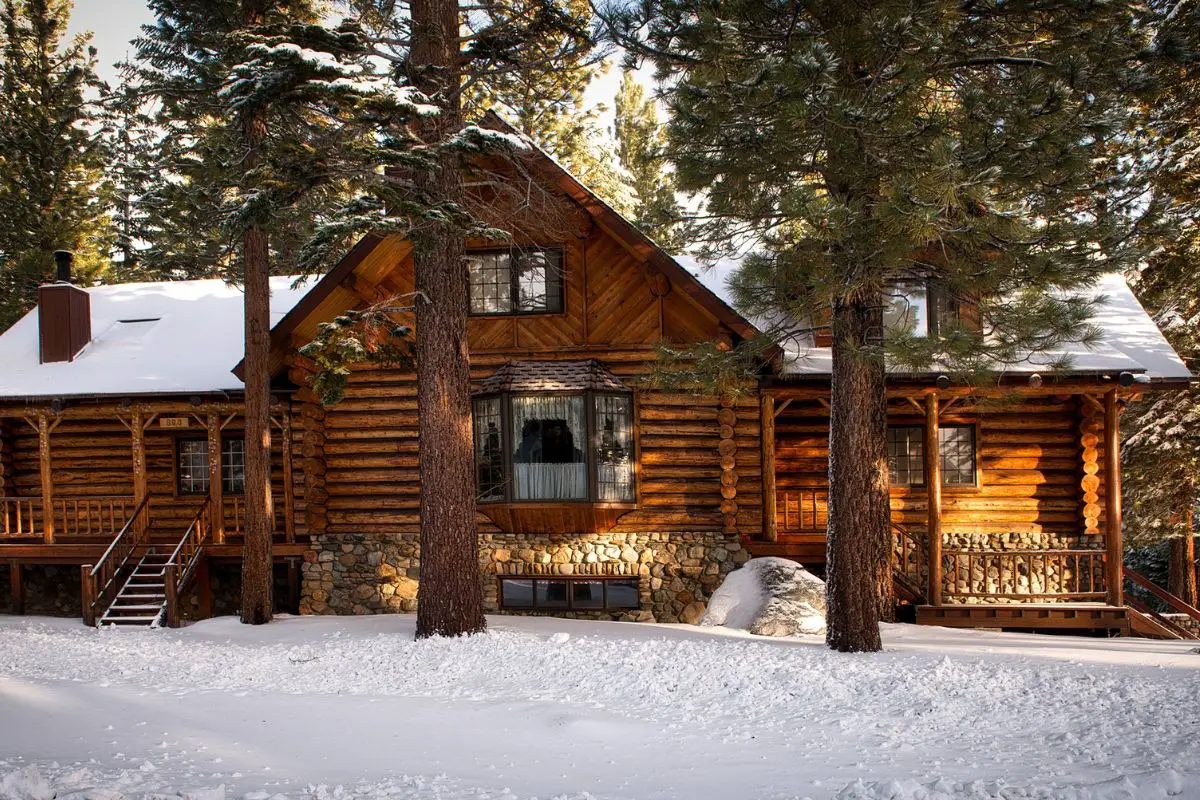A stem wall is a type of foundation commonly used in the construction of buildings. It consists of a raised perimeter wall that connects the foundation to the walls of the building. The purpose of a stem wall is to provide support to the structure and keep it above flood level. Stem walls are typically constructed in a multi-part process that involves pouring a footer at ground level, laying blocks to form the wall, and then pouring the foundation slab. This type of foundation is more stable than other options, especially when dealing with varying lot conditions. It is commonly preferred by builders in Florida due to its stability and consistency.
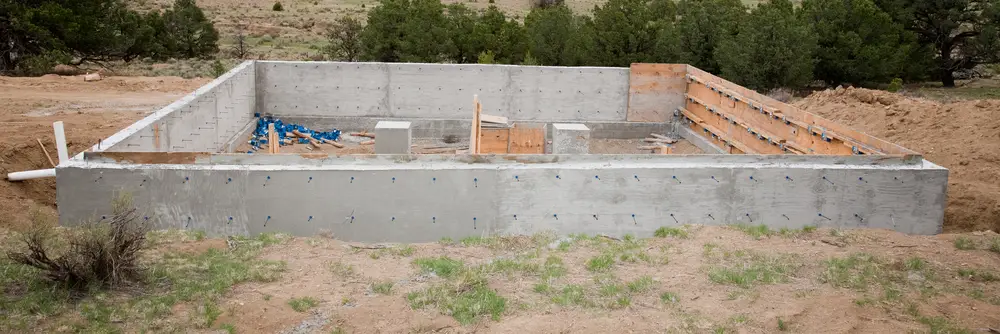
Monolithic Slab Vs. Stem Wall Foundation
When it comes to foundation construction in buildings, there are two main options to consider: monolithic slabs and stem walls. These two methods have some key differences in terms of the construction process and benefits.
Monolithic slabs are constructed in a single pour and consist of a concrete slab with thicker areas under load-bearing walls. This method is faster and more cost-effective when it comes to labor compared to stem walls. It is particularly suitable for sites that don’t require extensive fill dirt or have significant slopes. However, monolithic slabs may not be the best choice for areas with varying elevations.
On the other hand, stem walls are constructed in multiple parts, including a poured footer, a masonry wall, and a spread footing. Stem walls provide more stability and are ideal for sites with varying elevations. They offer a consistent method of foundation construction, making them a popular choice for residential and commercial buildings. Moreover, stem walls are known for their ability to support structures above flood levels, making them a suitable option for flood-prone areas.
Differences between Monolithic Slabs and Stem Walls:
- Construction Process: Monolithic slabs are constructed in one single pour, while stem walls involve a multi-part construction process.
- Cost and Labor: Monolithic slabs are generally faster to construct and have lower labor costs compared to stem walls.
- Site Suitability: Monolithic slabs are ideal for sites with minimal fill dirt and slopes, while stem walls are suitable for sites with varying elevations.
- Stability and Support: Stem walls provide more stability and are known for their ability to support structures above flood levels.
Choosing between a monolithic slab and a stem wall foundation depends on the specific site conditions and the desired benefits. It is important to consider factors such as terrain, elevation changes, and flood risk when deciding on the most suitable foundation method for a construction project.
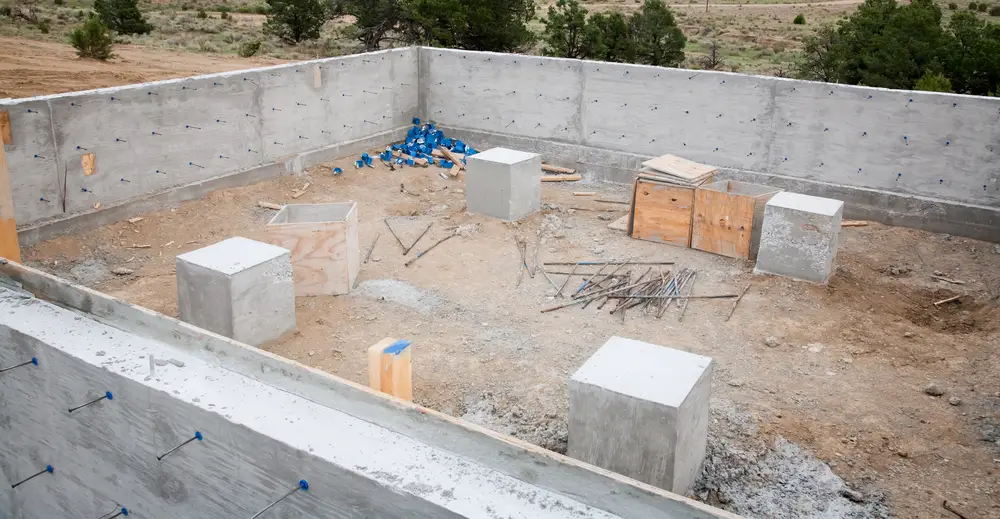
Common Problems and Repairs for Stem Wall Foundations
Stem wall foundations, like any other type of foundation, can encounter issues that require professional repairs. Understanding these common problems and their necessary repairs is crucial for maintaining the structural integrity of your home or building. Here are some of the most frequent problems associated with stem wall foundations and the solutions:
1. Soil Settlement and Movement
One common issue with stem wall foundations is soil settlement and movement. This can occur due to various factors such as improper compaction, changes in moisture content, or soil erosion. To address this problem, soil stabilization techniques may be employed, such as adding compaction grouting or installing helical piers to provide additional support to the foundation.
2. Moisture Intrusion and Water Damage
Moisture intrusion and water damage can lead to significant problems for stem wall foundations. If water seeps into the foundation, it can weaken the concrete, cause cracks, and lead to mold growth. Waterproofing measures, such as installing drainage systems, applying waterproof coatings, and sealing cracks, are essential to prevent moisture penetration and protect the foundation from water-related damage.
3. Insect and Termite Infestations
Insects and termites can pose a significant threat to stem wall foundations, causing damage that compromises the structural stability of the building. Regular inspections and treatments by pest control professionals are vital to prevent infestations. Additionally, implementing preventative measures such as applying termite barriers, using treated wood, and maintaining proper ventilation can help protect the foundation from these pests.
4. Concrete Cracking and Deterioration
Over time, stem wall foundations may develop cracks and show signs of concrete deterioration. These issues can be caused by factors such as shrinkage, settling, or exposure to harsh weather conditions. Repairs for concrete cracking and deterioration typically involve epoxy injection and crack sealing techniques to restore the integrity of the foundation and prevent further damage.
By addressing these common problems and promptly engaging in the necessary repairs, you can ensure the long-term stability and functionality of your stem wall foundation. Regular maintenance and inspections are also recommended to identify any potential issues early on and avoid costly repairs in the future.
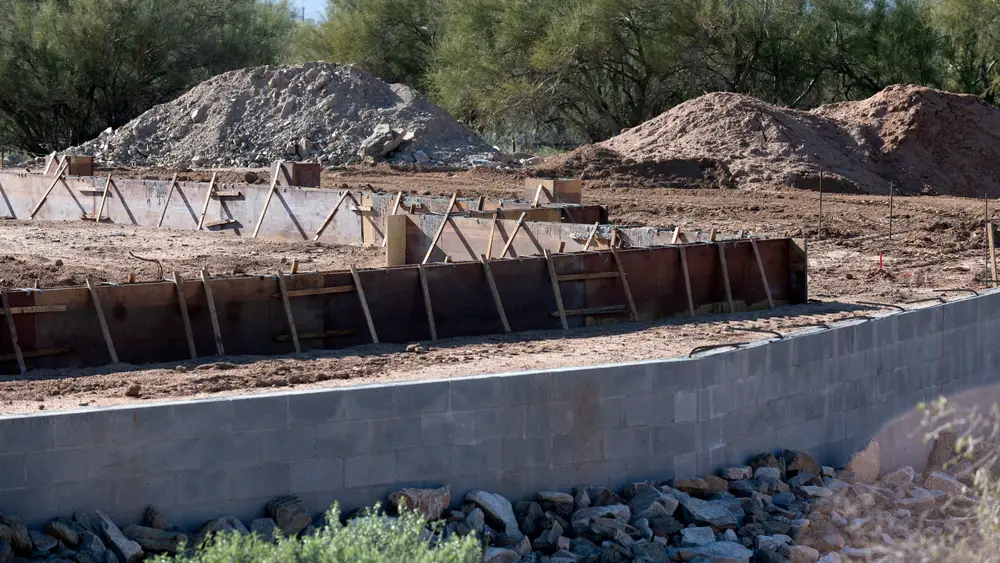
Conclusion
Stem walls are a fantastic choice for foundation construction due to their stability and versatility. They provide a raised platform for the building slab, allowing for flexibility in accommodating varying site ground elevations. Whether you have a sloped lot or want to give your home a taller appearance, stem walls are an ideal solution.
In terms of repairs, stem wall foundations may involve various techniques such as epoxy injection, soil stabilization, and waterproofing. It is essential to address any issues promptly to maintain the structural integrity of your home or building. By understanding the benefits and challenges of stem walls, homeowners and builders can make informed decisions about their foundation choices.
Additionally, it is crucial to obtain the necessary building permits before starting any construction project involving stem wall foundations. This ensures compliance with building codes and regulations, giving you peace of mind and preventing potential legal issues down the line. Remember, taking the correct steps and obtaining the required permits is essential for a successful construction project.
As experts, we understand the importance of a well-constructed foundation. That’s why we recommend considering stem walls for their stability and adaptability. Don’t forget to obtain the necessary permits and consult professionals for any repairs or construction projects. With the right approach, your stem wall foundation will provide a solid base for your home or building for years to come.
FAQ
Q: What is a stem wall?
A: A stem wall is a raised perimeter wall that connects the foundation to the walls of a building. It provides support and keeps the structure above flood level.
Q: What is the difference between a monolithic slab and a stem wall foundation?
A: A monolithic slab is a single pour concrete slab, while a stem wall foundation is constructed in multiple parts with a poured footer, masonry wall, and spread footing. Stem walls are more stable and suitable for sites with varying elevations.
Q: What are some common problems and repairs for stem wall foundations?
A: Common issues include soil settlement, moisture intrusion, insect and termite infestations, and concrete cracking. Repairs may involve epoxy injection, soil stabilization, waterproofing, and concrete resurfacing.
Q: Why choose a stem wall foundation?
A: Stem walls provide stability and versatility, accommodating varying site ground elevations. They are ideal for sloped lots and can give a home a taller appearance when desired.
Q: What permits are necessary for construction projects involving stem wall foundations?
A: It is crucial to obtain the necessary building permits to ensure compliance with building codes and regulations when constructing stem wall foundations.
- What Kind of Room Has No Doors or Windows? - December 1, 2023
- What is a Powder Room? - December 1, 2023
- What Is a Kitchenette: Exploring the Features and Benefits of a Compact Kitchen - December 1, 2023

